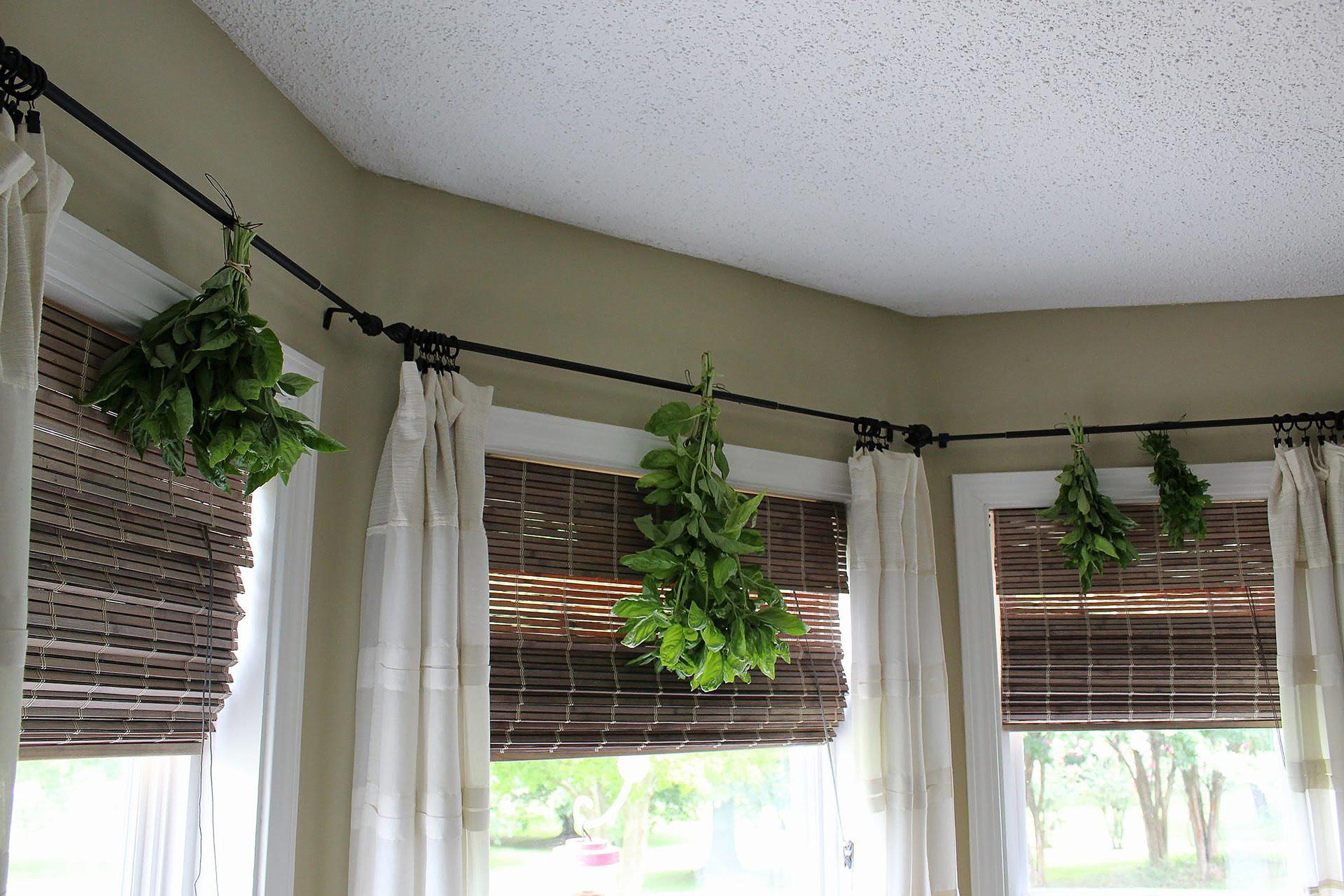Bringing Herbs Indoors
My mother’s advice for feeling better is to get dirt underneath your fingers because there’s something really cathartic about gardening. For novice culinary gardeners, the desire to grow is tempered with the fear of killing your plants. Herbs are the perfect subjects for such a foray as they are shockingly easy to maintain and difficult to kill.
With preferences for well-drained soil and, for the most part, hardy, herbs like rosemary, oregano, thyme, and sage are perfect for cooking. Grocery stores do sell fresh herbs, but they’re expensive for the amount you’re getting. There are always the dried and bottled varieties, but, in the long run, you’ll save more money by planting your own. Your dishes will taste better and you’ll impress dinner guests.
Sherl Rose, of the Tipton County Museum, gave her tips on growing and harvesting herbs. Her advice is to grow them in pots with the bottom cut out. This method helps control the herbs as well. For mint varieties, it also acts as a deterrent—mint roots have underground runners that are impossible to rein in if left to grow wild.
Sherl’s top five herbs to plant are rosemary, lavender, oregano, sage, and thyme. Aromatherapy uses lavender for relaxation and the buds can be brewed for tea. Sage and rosemary are delicious with steak and autumn recipes. Oregano, thyme, and sage are traditional for Italian dishes.
Two herbs that are worth an investment are parsley and basil. Parsley brightens up rich dishes and wilting it right before serving brings it back to life. Parsley will also weather the cold and continue to grow throughout the winter; however, the best production will be in summer; it’s very persistent. Basil tastes sweet and acts as a subtle flavor in water if citrus is too strong for your tastes. By letting it flower, you’ll have multiple plants by the next growing season; it’s a blessing and a curse. Basil grows into a bush. It’s not a tiny plant and neither is rosemary.
If you have an overabundance of fresh herbs and want to preserve them, Sherl recommends using a rubber band and paperclips as your drying tools. The best time to cut is in the morning, right after the dew has dried. For herbs like rosemary, sage, thyme, and parsley, they dry best in bundles.
When you’re drying in bundles, do it in a cool, dark place with good air circulation. You never want to dry herbs in sunlight since it will suck all of the flavor and color out of them. Be careful not to have large bundles when drying as herbs will mold and nobody wants that.
More delicate herbs need to be dried as individual leaves in a dehydrator. A microwave oven will work if you don’t have a dehydrator and your harvest is small. Basil, oregano, sage, and mint fall into this category. Strip the leaves from the stem and lay them in a single layer.
When your herbs are crispy, dry, and crumble easily, they’re done. You have options for storing them whole or crumbled (like the crushed herbs you get from the grocery store). Once you’re ready, place herbs in an airtight container and store them in a cool, dark place. This method preserves the color, fragrance, and flavor.
It’s important to note that drying herbs enhance the flavor. If you use dried herbs instead of fresh herbs in a recipe, you need to use a third to a fourth less than what the recipe calls for.
The versatility of herbs makes them great candidates for first forays into gardening. With the options to grow indoors or outdoors, lack of space isn’t an issue. If you want fresh herbs throughout the year, transplanting your outdoor herbs indoors is also an option.
Transplanting herbs indoors is a bit of a process, but worth it. You’ll need to select the healthiest plants. Small to medium plants are the best; with bigger plants, you’ll be destroying the smaller roots when you dig around the base of the herb. Place them in an appropriate pot and set them in a shady area so they can recover from the transplanting for a couple of weeks.
You’ll also need to make sure that there aren’t any hitchhikers on the plants. Spraying them down with warm water with organic insecticidal soap works great. Then, move them inside to a south-facing window before the first frost. Keep their soil damp and spritz water around them to combat the dry air in your home.
It’s important to note that herbs that are wintering inside won’t have much new growth if any and if they do, they’ll grow slowly. Use what you need to keep the plants alive.
Come springtime, you can re-pot them or put them back in the ground; they’ll pick up where they left off last summer.
Finally, make sure you’re enjoying yourself! Cultivating herbs provides opportunities to expand your dishes’ flavor and self-sufficiency. Impressing people is a happy side-effect.


